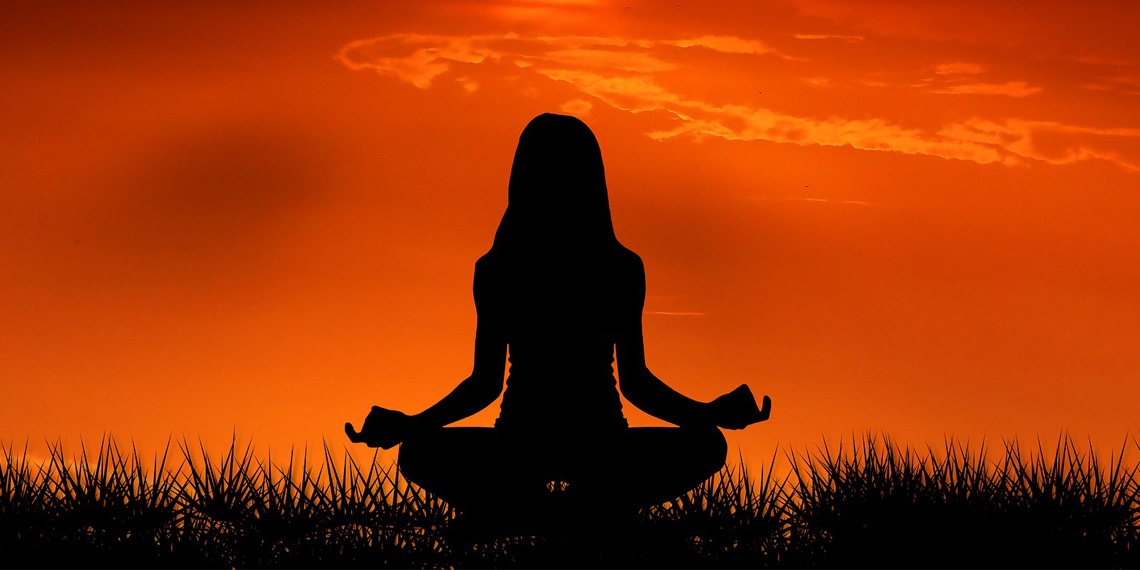Techniques Popular In Buddhism In San Diego
Buddha Shakyamuni, who lived and taught in India approximately two and a half thousand years ago, was the founder of Buddhism in this world. Thousands of individuals have now followed the pure spiritual path he presented. The Buddhist way of life—characterized by calm, loving kindness, and wisdom—remains as relevant now as it was in ancient India.
Buddha said that all our troubles and suffering stem from confused and negative mental states, whereas all our joys and good fortune stem from peaceful and positive mental states. He taught ways of gradually conquering negative emotions like wrath, jealously, and ignorance and cultivating positive emotions like love, compassion, and wisdom. This is how we will achieve enduring peace and contentment.
Once we've had personal experience with them, we may pass them on to others so they, too, can benefit. These are the techniques popular in Buddhism in San Diegoand are applicable to everybody, in any nation, at any age.
Meditation
Meditation is central to the Buddhist way of life—it is the ideal tool for comprehending and improving our own minds. Through meditation, we first learn to recognize our various bad mental states, referred to as "delusions," and then how to cultivate calm and pleasant mental states, referred to as "virtuous minds."
In our daily lives, we endeavor to cultivate and retain these virtues and to solve our issues using our intelligence. As our mindset improves, our behaviors become more constructive, and our life experience becomes more fulfilling and valuable to others.
Anyone can learn basic meditation techniques and benefit from them, but in order to move further down the Buddhist path to enlightenment, we must build faith in the Three Jewels—Buddha, Dharma, and Sangha. This type of faith comes spontaneously when we experience the advantages of meditation practice and firsthand witness how Dharma improves our lives.
Spiritual Path
The Buddha's teachings outline a step-by-step process for achieving sustainable contentment. Anyone can progressively transform his or her mind from its current confused and self-centered state into the happy mind of a Buddha by following this path.
As Geshe Kelsang Gyatso points out in his widely read book, Eight Steps to Happiness.
Every living creature possesses the capacity to become a Buddha, someone who has totally cleaned his or her mind of all faults and limitations and perfected all positive attributes. Our mind is similar to a cloudy sky; it is fundamentally clear and pure but is obscured by clouds of misconceptions. Just as even the most dense clouds gradually disperse, so too can even the most heinous delusions be banished from our minds. Hatred, greed, and ignorance are not inherent components of the mind. They can be fully eradicated if the proper methods are used, and we will experience the greatest delight of complete enlightenment. "
After achieving enlightenment, we will possess all of the required characteristics—universal love and compassion, omniscient wisdom, and limitless spiritual power—to guide all living beings to the same exalted condition. This is Mahayana Buddhism's ultimate goal.
The Bottom Line
With the fast-paced and high-stress nature of modern life, an increasing number of individuals are becoming interested in Buddhism's tranquil philosophy. There is a special interest in learning how to meditate in order to alleviate tension and anxiety as well as deepen one's spiritual experience. In response to this increased interest, Kadampa Buddhism offers a variety of ways to learn about Buddhism and practice meditation. Kadampa Buddhism was introduced to the West for the first time in 1976 by Venerable Geshe Kelsang Gyatso, a renowned Kadampa Buddhist Master.
Since then, Geshe Kelsang has worked tirelessly to ensure that contemporary practitioners have access to all necessary resources. He has authored over twenty books on Buddhism, which have been translated into a variety of languages.
Additionally, Geshe Kelsang built a global network of over 1000 Kadampa Buddhist centers in more than 36 countries where people of various cultures can train in meditation and other Buddhist disciplines.
Each center employs qualified instructors from the surrounding area and offers introductory workshops, structured study programs, and meditation retreats. The public is welcome to visit any of the Kadampa Buddhist centers.
